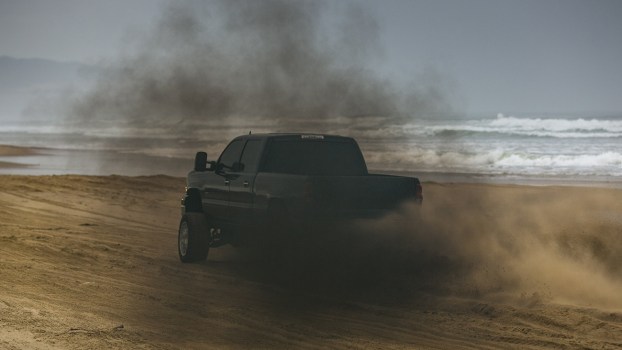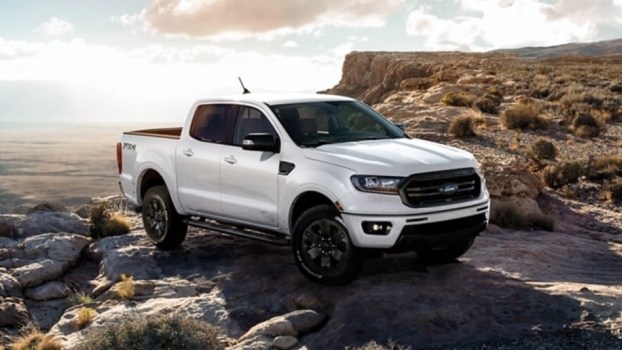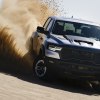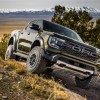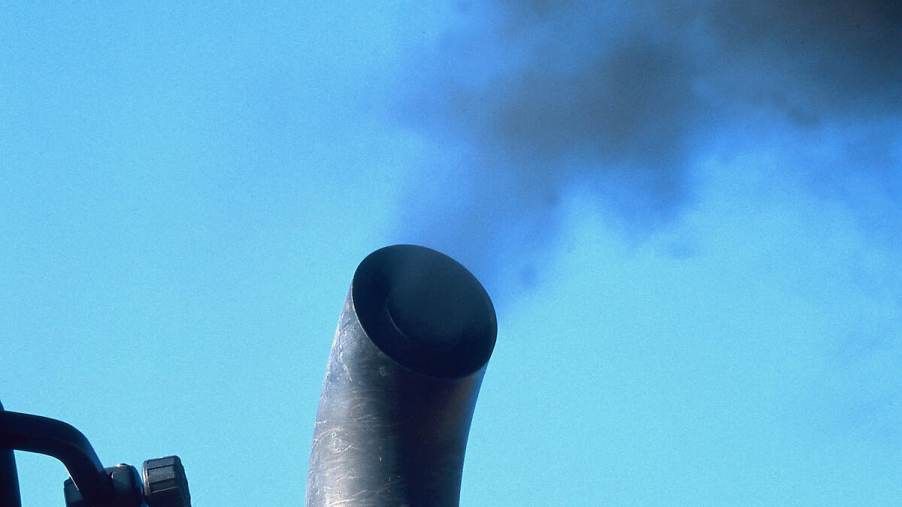
Diesel Truck Owners Rejoice Over EPA Shift Away From Emissions Defeat Devices
Diesel truck owners are fired up about the EPA announcement that the agency will shift its priorities away from aftermarket emissions defeat devices. If you have ever seen a beefcake diesel truck blow a drangony plume of black smoke from its exhaust pipe, you witnessed someone “rolling coal.” This diesel parlor trick is really only possible with emissions defeat devices, which are often illegal. So what does this mean now that the EPA isn’t sweating these aftermarket parts as much?
Are diesel truck emissions defeat devices legal?
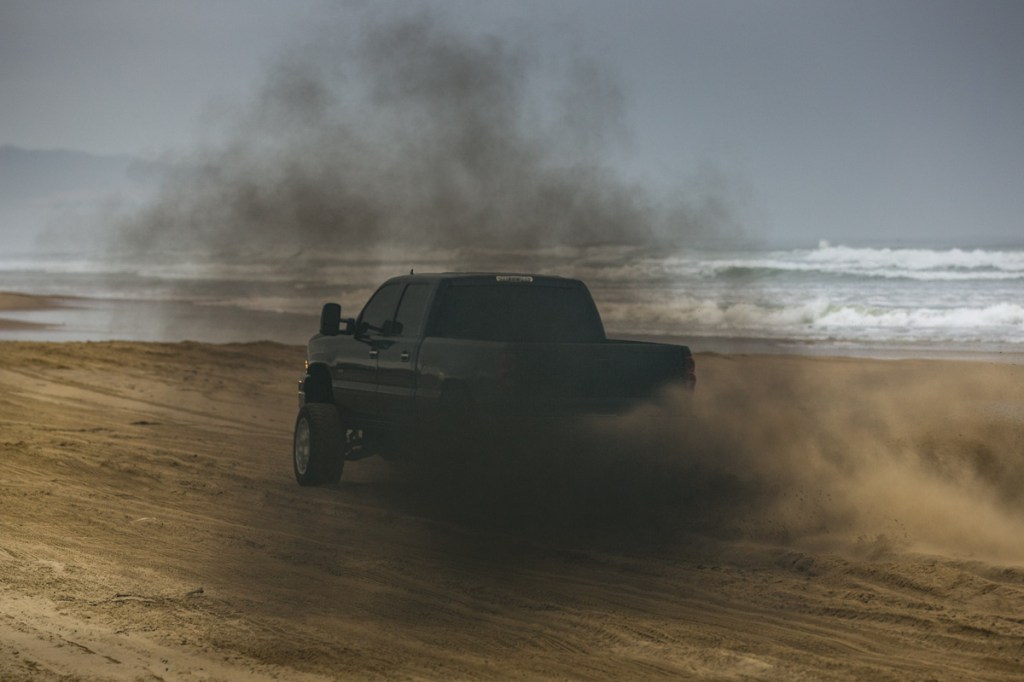
The U.S. Environmental Protection Agency (EPA) just released its final National Enforcement and Compliance Initiative (NECI) for 2024 through 2027, outlining its enforcement priorities for the coming years. While the EPA didn’t expressly state that these aftermarket truck modifications are now permissible; it simply didn’t have “Stopping Aftermarket Defeat Device for Vehicles and Engines” on the list of top priorities as it has previously.
“The EPA’s decision to remove enforcement against aftermarket products from the NECI and return it to a standard priority is a recognition of our industry’s commitment to emissions compliance and the progress we’ve made,” said SEMA President and CEO Mike Spagnola. “I am proud of the investments SEMA has made to ensure our member companies are able to sell high-performance, emissions-compliant products that millions of automotive enthusiasts demand. SEMA looks forward to working with the EPA to provide aftermarket businesses with clear and consistent guidance regarding the types of modifications that are legal, as well as an effective certification program that companies can rely on.”
What is SEMA?
If you have spent any time sniffing around the custom truck or SUV worlds, you’ve heard of SEMA. The group does a great many things, but the most forward-facing of them all is the SEMA Show in Las Vegas every year. The event is a showcase for all things 4×4 aftermarket.
For what it’s worth, SEMA has worked hard to find and create as much compliance with the EPA’s regulations for aftermarket parts. One way in which SEMA supports the aftermarket is by offering brand testing in the SEMA Garage facilities in California and Michigan. Here, tuning companies are allowed to test products and potentially earn a “SEMA Certified Emissions” stamp.
Why is rolling coal a problem?
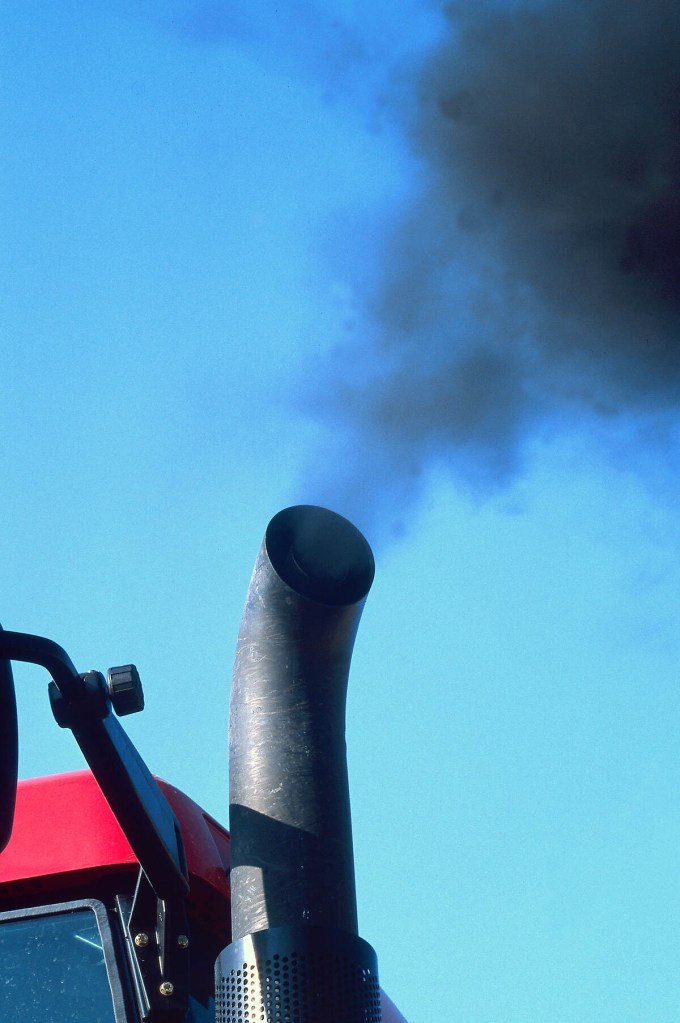
While some truck people might be glad to have the EPA off their backs, this isn’t all good. The EPA has good reason for coming down hard on emissions defeat devices historically. Multiple studies have shown that rolling coal is quite bad for our planet. Hell, you don’t need a laboratory to see that.
The agency estimated nitrogen dioxide output from emissions-cheating trucks was a full 10x worse than that from the Volkswagen diesel scandal. These trucks also increased soot emissions which were a serious concern, given the respiratory harm done by particulates.
What is the EPA up to?
We aren’t questioning the EPA as much as we are a little confused as to what the group’s goals are if rolling coal is as bad as they say. It could be as simple as the EPA feels like the war on diesel trucks has been won. It could be that research showed a more urgent issue that demands the group’s focus. Whatever the reason is, it seems weird that some states are trying to outlaw the sale of new ICE cars in the next handful of years, yet we are loosening regulations on the dirtiest of the vehicles we currently have.
